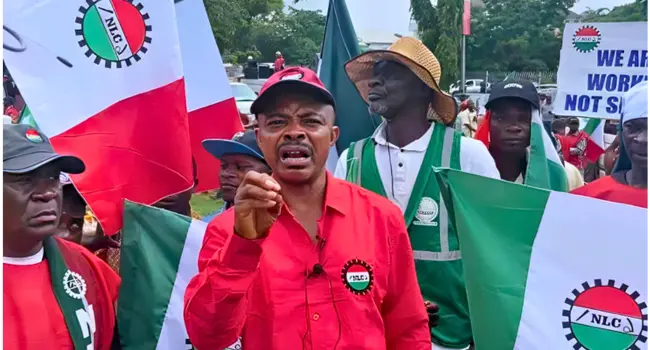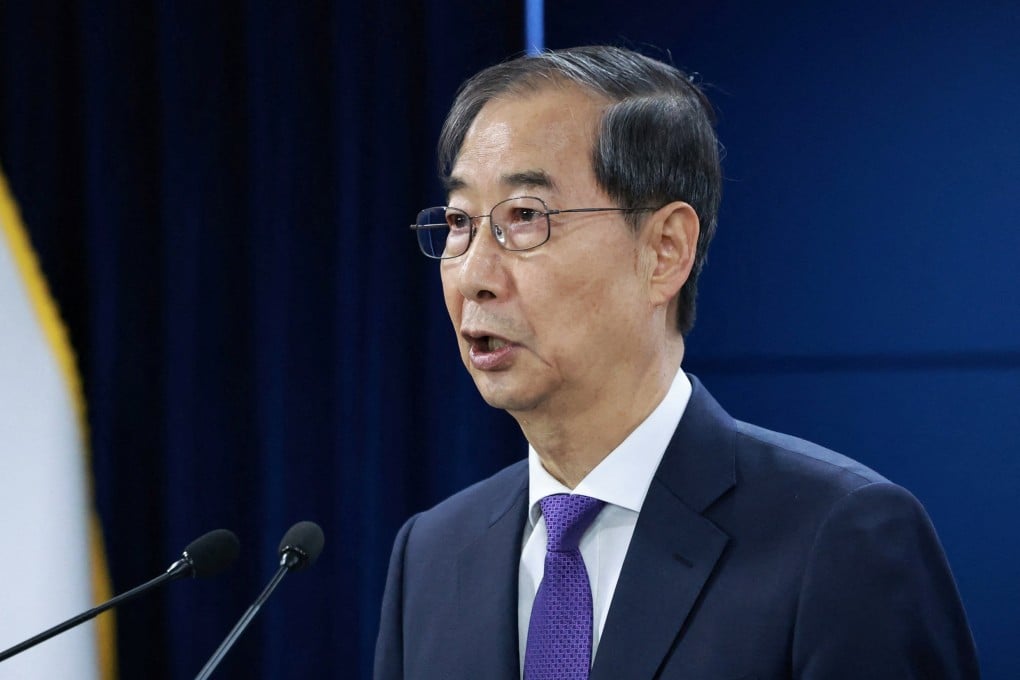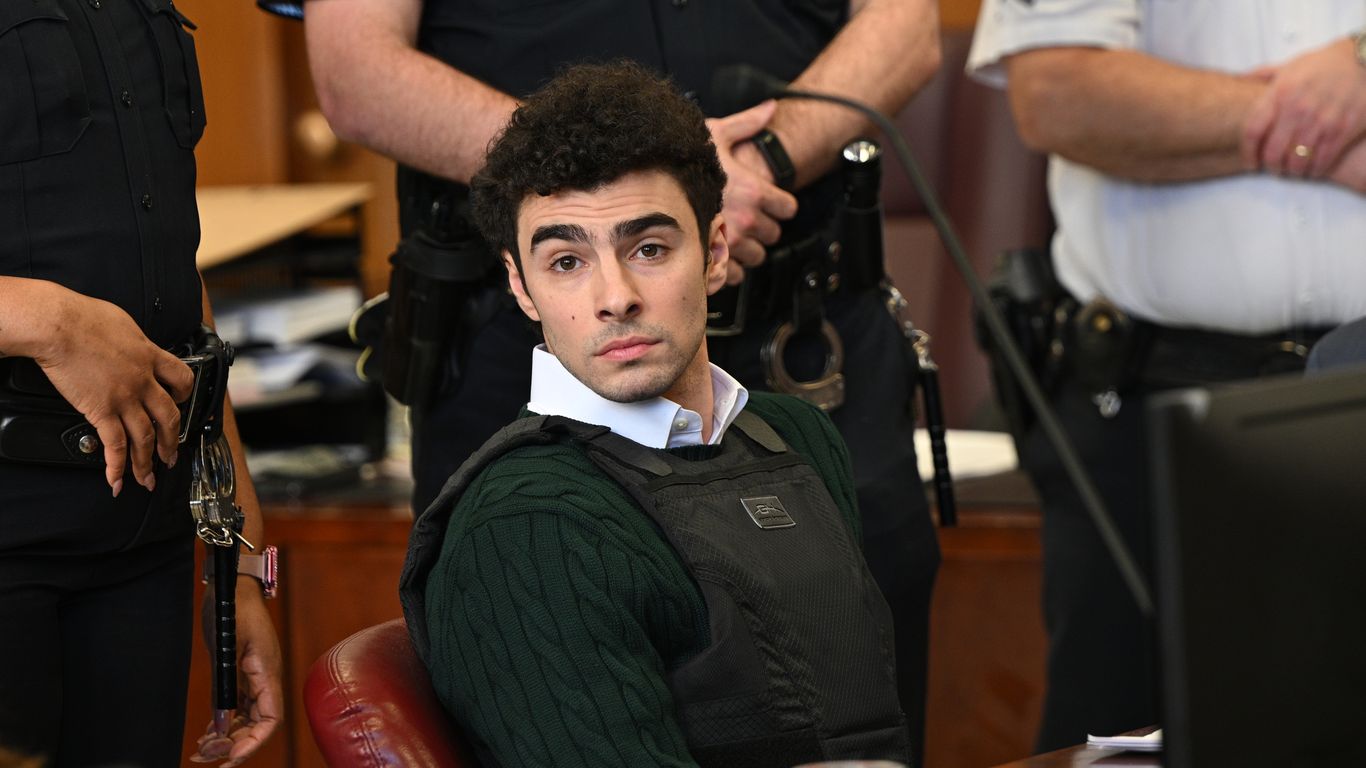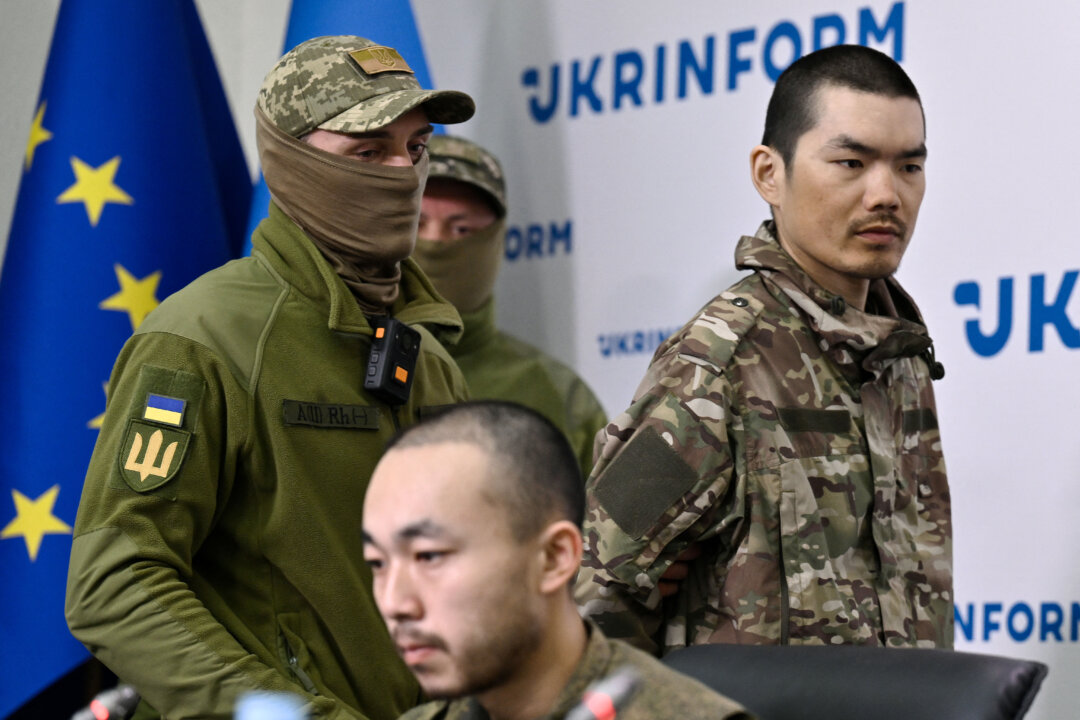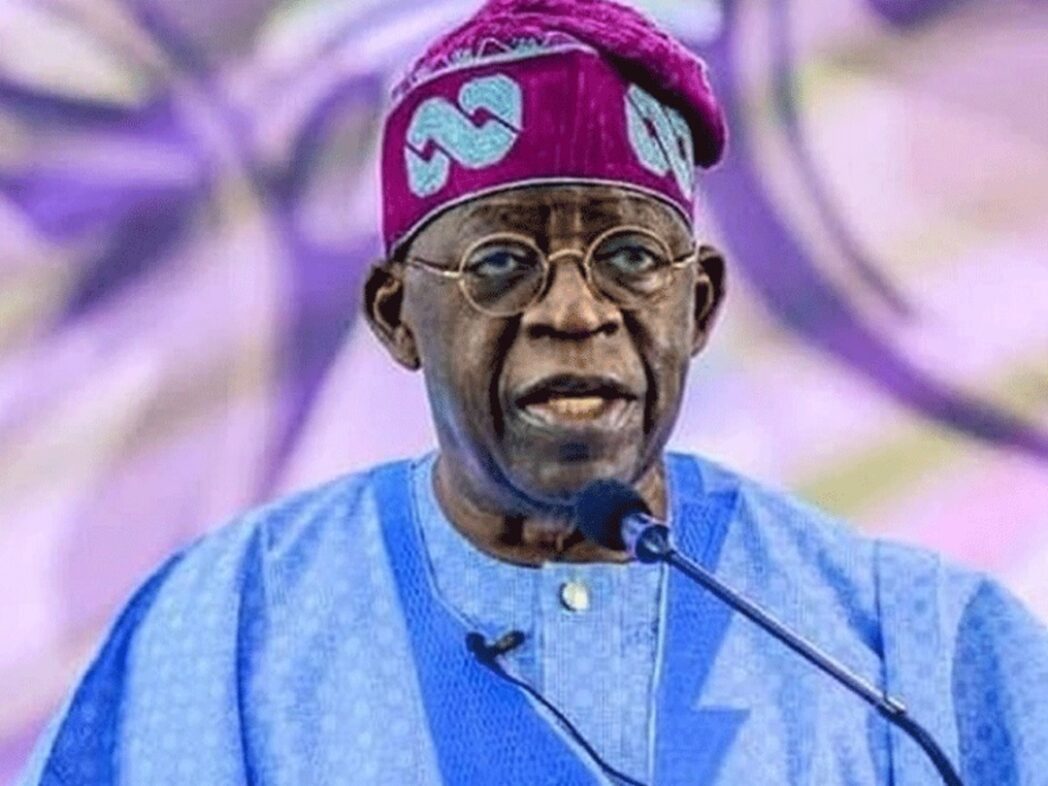With 103 out of 133 current cardinal electors elevated by late Pope Francis, his intention was clear. A little known but astonishing fact about the election of a Pope is that although Pope Paul VI had set a limit of 120 elector cardinals in 1975, nearly all his successors have ignored it. Only his stipulation of 80 as the maximum age to vote has remained.
This is very significant now as Pope Francis appointed a whopping 103 of the 135 cardinals currently eligible to vote for his successor, as they are under the age of 80. In all he had appointed 163 cardinals from 76 nations. Allegations of stacking the deck would certainly have ensued had Pope Francis been anything but a popular religious leader who by right is an absolute monarch when it comes to the affairs of the Vatican and the Catholic Church.

Remember how many times the US media informs viewers and readers that six of the nine sitting judges of the US Supreme Court have been appointed by Presidents George W Bush and Donald Trump? The connotation is not hard to guess. And no one can deny – especially after watching The Conclave – that politics and intrigue are part and parcel of the activities of the upper echelons of the Catholic clergy and any Pope trying to protect his legacy could fall back on this power to appoint. None more so than, presumably, the first non-European Pope since Pope Gregory III who was Syrian and died in 741.
Interestingly, six of Gregory III’s seven immediate predecessors were all from the Syria-Anatolia region. So, the Catholic Church has not always been alabaster white. There were even three popes from Africa — Victor I (189-199 CE), Miltiades (311-314CE) and Gelasius I (492-496CE) — but as the last one from there was in office 1,500 years ago, the view that the Catholic Church has been a European monopoly is not unwarranted.
Even Pope Francis was not much of a departure from the European norm ethnically as his parents had migrated from Italy to Argentina. It could be said that Jorge Mario Bergoglio was only nominally a South American although his Christian name was spelt Jorge not Giorgio, he spoke (fluent) Italian with a Spanish accent and was an ardent supporter of the San Lorenzo football club of Buenos Aires. All of these reinforced his Latin American credentials on the face of it, but Pope Francis was hardly representative of the demography of that continent that now counts for over 40% of the world’s Catholics.
With the Trump 2.0 world divided over the issue of DEI (an acronym that stands for Diversity, Equality and Inclusion for some but surely would mean something more divine for a conclave of cardinals voting in the Sistine Chapel), speculation about what the nationality of the next Pope should be seems inevitable. More so as Pope Francis has even appointed cardinals from 25 countries that never had any before, making the Vatican conclave a veritable UN General Assembly.
Not many Indians may know that Pope Francis was the one who nominated the first-ever Cardinal from Goa—Archbishop Filipe Neri Antonio Sebastiao do Rosario Ferrao in 2022—although it has been a centre of Roman Catholicism in the subcontinent for centuries and five Goans became cardinals from other parts of India. Some of the blame for this omission lies in the antagonism of the Portuguese colonial authorities to Goan priests, which scuttled their chances. The Catholic Church has come a long way since then, and now thanks to Pope Francis there are cardinals for the first time ever from Albania, Serbia, Iran, Mongolia, East Timor, Papua New Guinea, Bangladesh, Mali, Morocco and South Sudan among others, though not all of them are natives of those regions.
However, Pope Francis’ DEI appointments may add another angle to the tug of war between the conservative and progressive camps of cardinal electors. Vatican watchers have been saying that the mere fact that they were appointed by Pope Francis does not mean all the newer cardinals are of the same progressive persuasion and hence may not automatically elect a Pontiff with similar views. Actually, since so many of them had been appointed relatively recently, they may not even know each other well enough to figure out who was in which camp, making at least their initial rounds of voting akin to shots in the dark.
Even well into his papacy, Pope Francis’ views surprised and shocked Christians. For example, he told a left-leaning magazine, “If I see the Gospel in a sociological way only, yes, I am a Communist, and so too is Jesus. Behind these Beatitudes and Matthew 25 there is a message that is Jesus’ own.
And that is to be Christian. The Communists stole some of our Christian values." No wonder the media christened him the People’s Pope and expect a startling successor.
The Catholic Church has a formidable ‘bench strength’ of experienced cardinals to succeed Pope Francis. To name a few, the current frontrunner Pietro Parolin, Vatican’s secretary of state, Pierbattista Pizzaballa, 60, the Latin patriarch of Jerusalem who offered himself to Hamas in exchange for the release of the abducted children, and Jean-Marc Aveline, 66, of France who aligned with Pope Francis on migration, cooperation between churches and decentralization. There are at least half a dozen more cardinals from all the continents now in the Roman Curia and conventional diocese who have equally impressive resumes, including from Africa which has one of the fastest growing Catholic populations today.
So, experts could well dismiss the possibility of anyone from a non-Latin rite church being elected Pope. But then again, never before has there been such a diverse bunch of cardinals who are in a position to do precisely that! Pope Francis was prone to springing surprises, so the cardinals electing a dark horse may be just what he would want. Two names come to mind.
The first is the conclave’s youngest Cardinal, the Ukrainian Mykola Bychok, 45, who recently took a selfie with two other ‘youngsters’—Italian-born Cardinal for Mongolia, Giorgio Marengo, 50, and Americo Manuel, 51, of Portugal. And the second is George Jacob Koovakad, Cardinal of the Syro-Malabar Catholic Church. Pope Francis must have added 163 cardinal electors (of which 103 will vote now) over the years with change in mind.
Thus, while Bychok at 45 may be too much of a baccha to be considered this time, Koovakad, 51, who joined the Vatican’s diplomatic service in 2006 after a doctorate in canon law from the Pontifical University of the Holy Cross and became a Cardinal in 2024, could find favour. Especially since he handles the critical Dicastery for Inter-Religious Dialogue. Two cardinals eligible to vote in the conclave have indicated they will not attend so it’s left to 133 electors to vote in a new Pope.
They know two continents have never had a Pope: North America and Oceania. Two have not had one in a long while: Africa and Asia. South America just had one and Europe has been over-represented for centuries, albeit from only a few nations.
Would Pope Francis have elevated so many new cardinals to get just a predictable ‘winner’? The author is a freelance writer. Views expressed in the above piece are personal and solely those of the author. They do not necessarily reflect News18’s views.
.
Politics
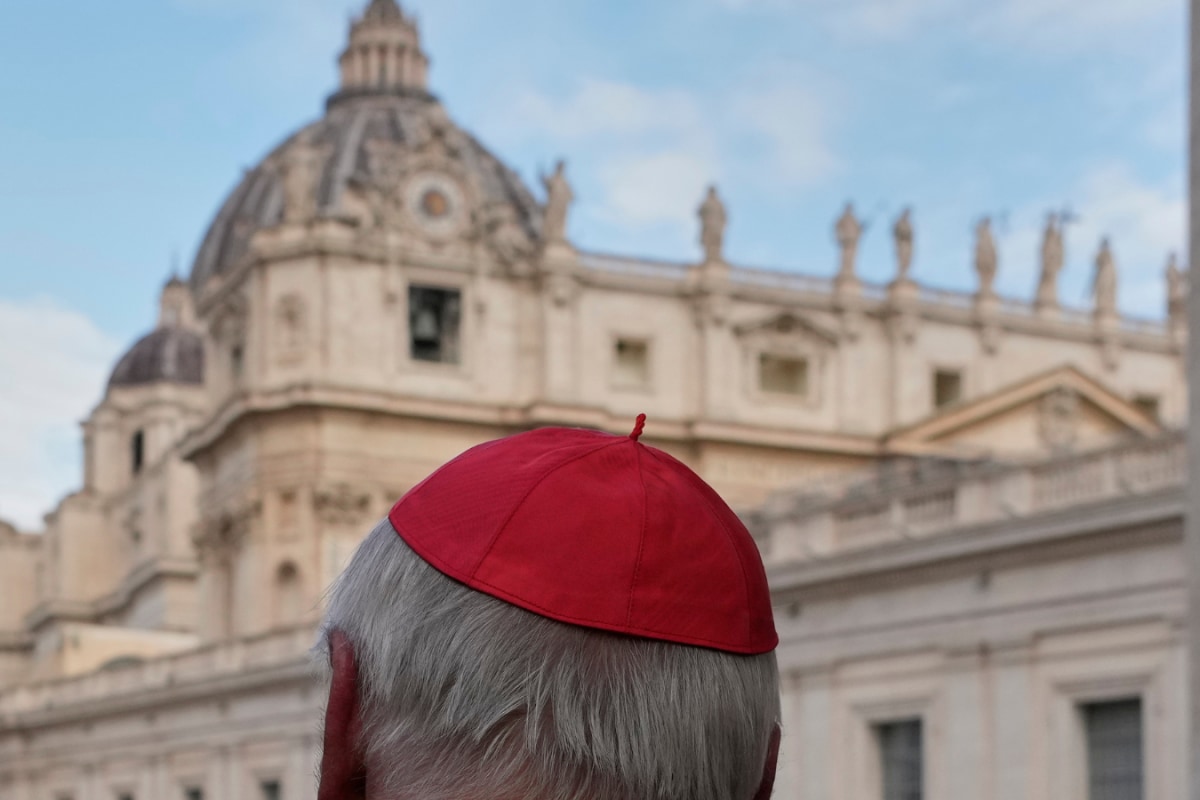
Opinion | Why The Conclave May Reveal A Surprise Choice For Pope

With 103 out of 133 current cardinal electors elevated by late Pope Francis, his intention was clear.





